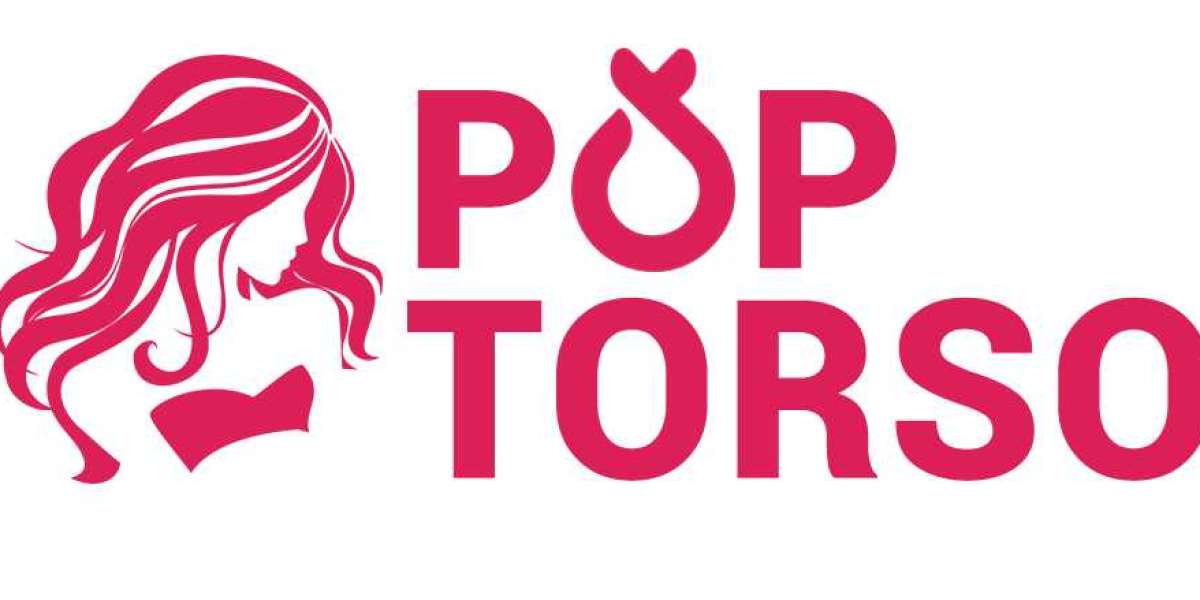Human Metapneumovirus (HMPV): A Silent Respiratory Threat to Humans
Human Metapneumovirus (HMPV) is a lesser-known yet serious respiratory virus that infects individuals of all ages, though it is mainly seen in young children, older adults, and those with compromised immune systems. HMPV was first found in 2001 and belongs to the family Pneumoviridae, being closely linked to the respiratory syncytial virus (RSV). Although only recently discovered, evidence indicates that HMPV has been infecting humans for decades and has caused a high percentage of respiratory infections globally. This article examines the features, symptoms, spread, diagnosis, treatment, and prevention of HMPV, highlighting this health issue that is not well understood.
What is Human Metapneumovirus?
HMPV is a negative-sense, single-stranded RNA virus that infects the respiratory system mainly. It was initially discovered by Dutch scientists in 2001 when they isolated the virus from Dutch children with respiratory infections. Further research showed that HMPV is not a newly emerging pathogen; instead, it had escaped detection because of its similarity to other respiratory viruses such as RSV and influenza. HMPV is now known to be one of the major causes of acute respiratory infections, especially in high-risk groups.
The virus is very infectious and it transmits via respiratory droplets, direct contact, or contact with contaminated surfaces. It is prevalent late winter to early spring in temperate climates, coinciding with the influenza and RSV seasonal peaks. HMPV infection ranges from mild cold-like symptoms to serious lower respiratory tract infections, including bronchiolitis and pneumonia, particularly among high-risk populations.
Symptoms of HMPV Infection
The signs of HMPV are frequently indistinguishable from those of other respiratory viruses, making clinical diagnosis difficult in the absence of laboratory confirmation. Frequent symptoms are:
1 Fever: Mild to moderate fever is frequently one of the initial manifestations of infection.
2 Cough: A chronic dry or productive cough is a classic symptom.
3 Runny or Stuffy Nose: Nasal congestion and rhinorrhea are frequent, especially in children.
4 Sore Throat: Throat irritation or pain may accompany other respiratory symptoms.
5 Wheezing: In some cases, especially in children, HMPV can cause wheezing or difficulty breathing.
6 Fatigue and Malaise: General tiredness and body aches are frequently reported.
In severe instances, HMPV may result in complications like bronchiolitis (inflammation of small airways of the lungs), pneumonia, or worsening of pre-existing conditions such as asthma or chronic obstructive pulmonary disease (COPD). Young children below five years, elderly persons, and immunocompromised persons are more likely to develop severe symptoms necessitating hospitalization.
Transmission and Risk Factors
HMPV infects people mostly via respiratory droplets generated upon coughing, sneezing, or even talking. It is also capable of surviving for several hours on surfaces and thereby transmit infection upon contact with such contaminated surfaces, followed by the face, specifically the mouth, nose, or eyes. School environments, day care facilities, and nursing homes are usual breeding grounds for the transmission of HMPV.
Some groups are more susceptible to HMPV infections:
1 Young Children: Preschool and infant children have immature immune systems, and therefore they are at risk for serious infections.
2 Elderly Adults: Older adults, especially those above the age of 65, might suffer from complications as a result of immune suppression that comes with age.
3 Immunocompromised Individuals: Individuals with compromised immune systems, including those receiving chemotherapy or suffering from HIV, are at increased risk of severe illness.
4 People with Chronic Conditions: Asthma, COPD, and heart disease individuals can have aggravation of the condition in case of an HMPV infection.
Diagnosis of HMPV
Symptom-based diagnosis of HMPV is tricky as it shares characteristics with other respiratory viruses. Laboratory confirmation often takes place with a variety of diagnostic techniques listed below:
1 Polymerase Chain Reaction (PCR): It's a very sensitive test that detects HMPV RNA in respiratory samples like throat swabs or nasal swabs.
2 Viral Culture: Although less frequent, virus culturing from respiratory secretions can be used to confirm HMPV infection.
3 Serological Testing: Blood work can identify antibodies to HMPV, suggesting a recent or previous infection.
Because HMPV is not commonly tested for in most healthcare facilities, it can be underdiagnosed, especially in mild cases that are not seen by a doctor.
Treatment Options
There is no antiviral therapy for HMPV, and treatment is mainly aimed at symptom relief and facilitating recovery. Mild illness can usually be treated at home with:
1 Rest and fluids to allow the body to recover from the infection.
2 Over-the-counter drugs, like acetaminophen or ibuprofen, to lower fever and relieve discomfort.
3 Nasal saline sprays or decongestants to relieve nasal congestion.
In severe illness, especially hospitalization, other interventions may include:
1 Oxygen Therapy: To aid breathing in patients with low oxygen levels.
2 Bronchodilators: To ease wheezing or airway obstruction in the management of bronchiolitis or asthma exacerbation.
3 Mechanical Ventilation: In the exceptional case of respiratory failure, ventilatory support can be required.
Antibiotics do not treat HMPV, which is a viral infection, but they can be used if a secondary bacterial infection, like bacterial pneumonia, is suspected.
Prevention Strategies
Prevention of HMPV infections is dependent on routine hygiene measures and infection control procedures since there is no vaccine yet. Some of the most important preventive measures are:
1 Hand Hygiene: Regular hand washing with soap and water for a minimum of 20 seconds can minimize the risk of transmission.
2 Avoiding Contact: Reducing close contact with infected persons and avoiding face touching can prevent infection.
3 Surface Disinfection: Cleaning frequently touched surfaces, including doorknobs and telephones, can decrease transmission of the virus.
4 Respiratory Etiquette: Tissue or elbow covering of the nose and mouth during coughing or sneezing can decrease transmission of respiratory droplets.
In healthcare facilities, isolation practices and use of personal protective equipment (PPE) are key to the prevention of nosocomial (hospital-acquired) HMPV infection, particularly in pediatric and geriatric wards.
The Future of HMPV Research
While HMPV is now understood to be an important respiratory pathogen, much is still unknown concerning its epidemiology and long-term effects. Scientists are in the active process of developing vaccines and antiviral drugs to treat HMPV infections. Vaccines against HMPV are in preclinical and early clinical development, with the potential to immunize high-risk populations in the future. Moreover, more sensitive diagnostic testing and public health surveillance might better aid us in monitoring and controlling HMPV outbreaks.
Conclusion
Human Metapneumovirus might not be well known, but its contribution to world health cannot be denied. As a frequent cause of respiratory disease, HMPV represents a special danger to young children, the elderly, and the immunocompromised. Most infections are mild and self-limited, but in severe cases, it results in considerable morbidity and health burden. Through increased awareness, use of good hygiene, and encouragement of continued research, we can more effectively fight this silent respiratory danger and shield at-risk populations from its impact.







